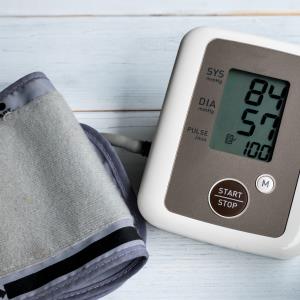Ambulatory 24-h blood pressure (BP) monitoring (ABPM) is recommended in the presence of chronic kidney disease (CKD), given that many patients with controlled office BP have masked hypertension, suggests a recent study.
A total of 1,113 ABPM records of 632 patients referred for kidney function evaluation were included in this analysis. Masked hypertension was characterized by office BP <140/90 mm Hg but daytime BP at least 135/85 mm Hg or nighttime BP at least 120/70 mm Hg. The investigators used mixed logistic regression models to examine the factors associated with masked hypertension.
Some 424 patients (67 percent) had controlled office BP, of whom more than half (56 percent) had masked hypertension.
Multivariable analysis in all visits with controlled office BP (n=782) revealed the positive association of masked hypertension with male sex (adjusted odds ratio [aOR], 1.91, 95 percent confidence interval [CI], 1.16‒3.27), sub-Saharan African origin (aOR, 2.51, 95 percent CI, 1.32‒4.63), body mass index (aOR, 1.11, 95 percent CI, 1.01‒1.17), and albuminuria (aOR, 1.29, 95 percent CI, 1.12‒1.47).
In contrast, masked hypertension negatively correlated with plasma potassium (aOR, 0.42, 95 percent CI, 0.29‒0.71) and 24-h urinary potassium excretion (aOR, 0.91, 95 percent CI, 0.82‒0.99), as well as the use of renin-angiotensin-aldosterone (RAAS) blockers (aOR, 0.56, 95 percent CI, 0.31‒0.97) and diuretics (aOR, 0.41, 95 percent CI, 0.27‒0.72).
“Weight control, higher potassium intake (with caution in advanced CKD), correction of hypokalaemia, and larger use of diuretics and RAAS blockers could be potential levers for better out-of-office BP control,” the investigators said.

